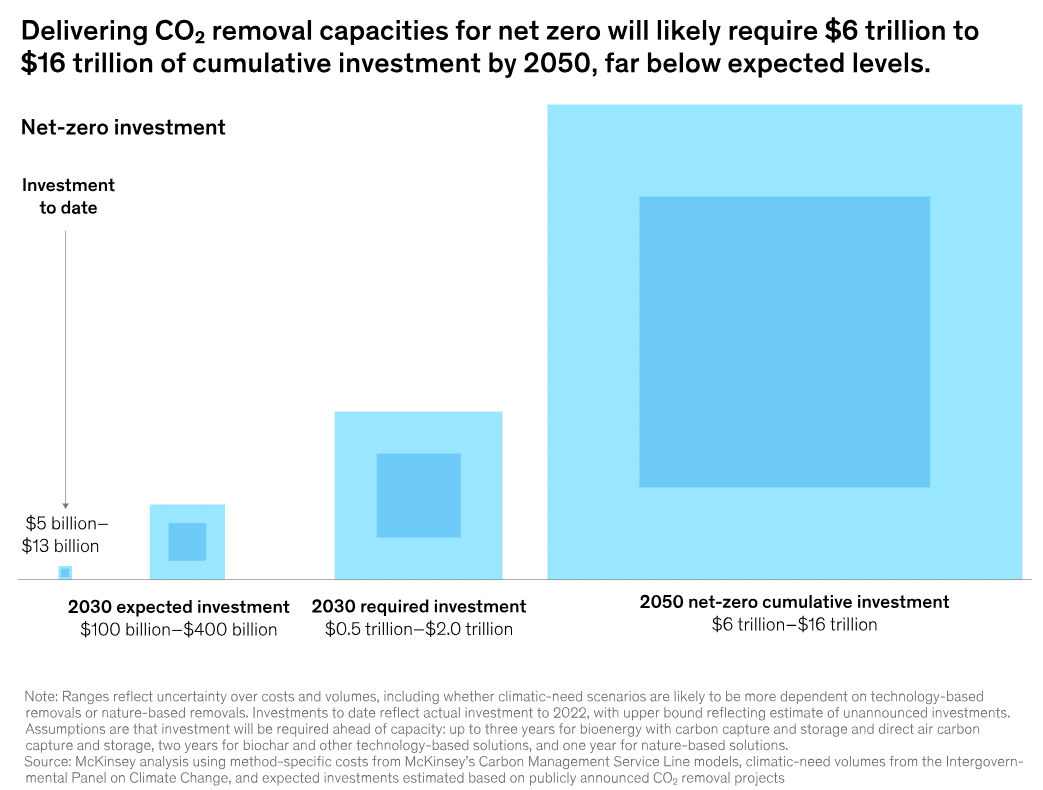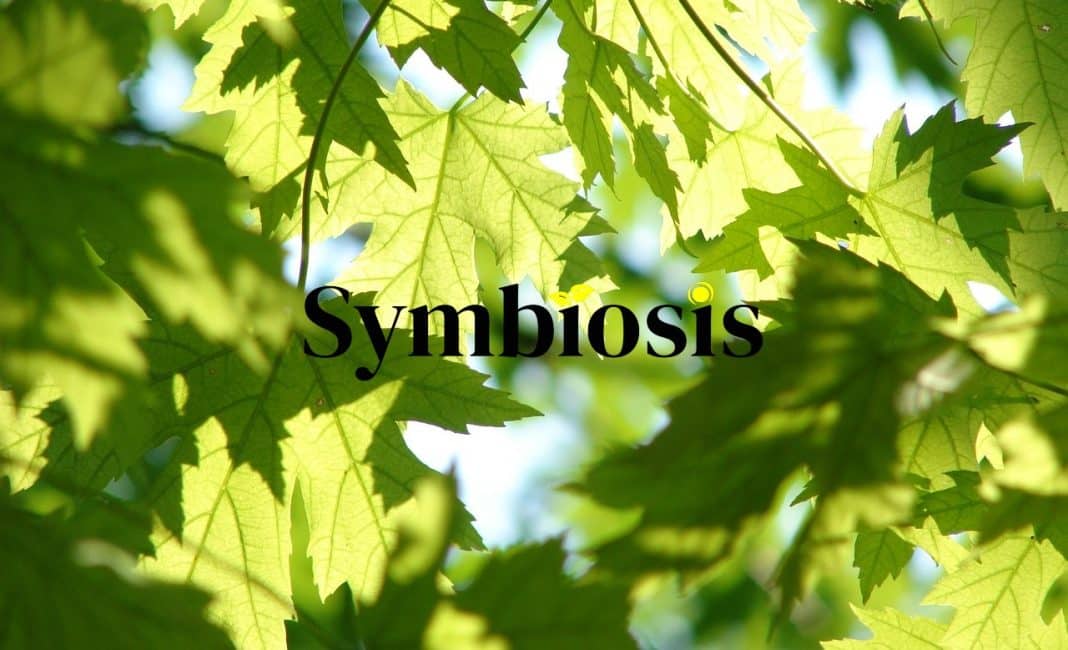Tech giants including Google, Meta, Microsoft, and Salesforce have announced the formation of the Symbiosis Coalition, a significant advance market commitment (AMC) aimed at purchasing nature-based carbon removal credits in the voluntary carbon market.
Collectively, these companies plan to contract up to 20 million tons of high-certainty impact nature-based carbon removal credits by 2030. This commitment emphasizes equitable outcomes for the communities involved in these projects.
Nature Restoration: A New Standard for Carbon Removal
Nature restoration is essential for meeting climate goals but is complex and costly. Effective projects need advanced technology, equitable community engagement, and balanced environmental benefits.
Moreover, the market for nature-based carbon removal struggles due to perceived quality issues and uncertain investor willingness, affecting public trust.
The Symbiosis Coalition members aim to address these challenges by signing long-term agreements for high-quality projects that use conservative climate impact assumptions, best practices, and fair compensation for Indigenous Peoples and local communities. By signaling strong demand and willingness to pay, they hope to set clear standards and promote more successful restoration projects.
Julia Strong, Executive Director of Symbiosis, highlighted that:
“Symbiosis represents a steadfast commitment to the importance of nature to climate action and the role of carbon markets, when done right, to financing critical climate solutions…Symbiosis sends a strong signal to project developers that buyers are willing to pay what it takes for high-quality projects that benefit the environment and local communities.”
Objectives and Strategy of the Symbiosis Coalition
Google, Meta, Microsoft, and Salesforce, and other Coalition members seek to achieve several key objectives:
- High-Quality Carbon Removal Projects: By ensuring a strong demand signal and committing to pay the true cost of developing high-quality carbon removal projects, Symbiosis aims to set a standard for effective and equitable restoration projects.
- Collaborative Partnerships: The coalition intends to work with investors, NGOs, market standard setters, and project developers to define and promote high-quality restoration practices.
- Market Clarification and Development: By partnering with like-minded entities, Symbiosis aims to clarify what constitutes “good” restoration and enable the implementation of more projects that meet these standards.
Recent research by Carbon Direct, supported by Meta, emphasized that forming a “buyers club” focused on ecological restoration is crucial for ensuring quality and credibility in nature-based projects. Symbiosis has drawn inspiration and lessons from initiatives like Frontier, LEAF, and other AMCs to shape their strategy for the nature-based carbon removals market.
Filling the Investment Gap for Nature-Based Solutions
While acknowledging the necessity to reduce their own emissions, the companies involved in the Symbiosis Coalition recognize the importance of a robust carbon market and nature-based solutions in addressing climate change. The coalition’s approach is aligned with the insights from a recent McKinsey analysis.
The researchers indicated that carbon dioxide removal requires $6 trillion – $16 trillion in investment by 2050 to meet net zero targets.

Despite the urgent need for significant investment in carbon removals, only about $15 billion has been invested in such initiatives to date, highlighting a substantial under-investment in ecosystem protection and restoration.
Projections indicate that the gap between the estimated investment and the necessary funding by 2030 to ensure CDR is on track to meet 2050 targets ranges between $400 billion and $1.6 trillion.
The Coalition aims to address this gap by providing the necessary financial support and market incentives to scale up high-integrity nature-based solutions.
Symbiosis will complement other critical, climate-focused advance market commitments (AMCs) that encourage investment in forest protection at the jurisdictional level and aim to scale the market for engineered carbon removals. By doing so, the coalition seeks to foster a more integrated and effective approach to mitigating climate change.
The initiative establishes a strong foundation for specific quality criteria used in the procurement process, initially focusing on forest and mangrove restoration projects. It is guided by these 5 quality pillars:
- Conservative accounting,
- Durability,
- Social and economic benefits,
- Ecological integrity, and
- Transparency.
These pillars build on existing standards and align with the Integrity Council for the Voluntary Carbon Market (IC-VCM) Core Carbon Principles (CCPs).
Expanding the Coalition’s Impact
Members of the Symbiosis Coalition will have the opportunity to purchase carbon removal credits contributing to their pledges through a joint Request for Proposals (RFP), in addition to their own efforts. The initial RFP will target afforestation, reforestation, and revegetation (ARR) projects, including agroforestry.
Add image of agroforestry…
With input from independent technical advisors, the Coalition will develop criteria for ARR projects, building on the most conservative standards for measuring real nature-based climate impact. These criteria include:
- dynamic baselining to ensure additionality,
- robust approaches to prevent leakage, and
- a focus on creating long-lasting projects.
Furthermore, projects will be prioritized based on financial transparency, biodiversity benefits, and equitable engagement with Indigenous Peoples and local communities.
Finally, the Coalition seeks to expand its membership to include other companies and collaborate with the broader restoration and carbon market ecosystem, encompassing investors, NGOs, standards bodies, project developers, researchers, and other stakeholders.
In conclusion, the Symbiosis Coalition represents a forward-thinking approach to voluntary carbon markets, emphasizing high-quality, nature-based carbon removal credits. It aims to create a robust market for nature-based solutions that significantly contribute to global climate goals.

